Five sun-friendly slow-cooker recipes you can easily adapt include vegetable soup, bean chili, rice and lentils, pulled chicken, and baked potatoes. You'll need to increase traditional cooking times by 1.5 to 3 times and reduce liquid amounts since solar ovens retain moisture well. Position your solar cooker between 10 AM and 4 PM for ideal results, using dark cookware with tight-fitting lids to maximize heat absorption. Monitor internal temperatures to guarantee food safety (165°F), and adjust cooking times based on weather conditions. These recipes work particularly well in solar ovens, and there's much more to discover about perfecting your sun-cooking technique.
Converting Traditional Cooking Times
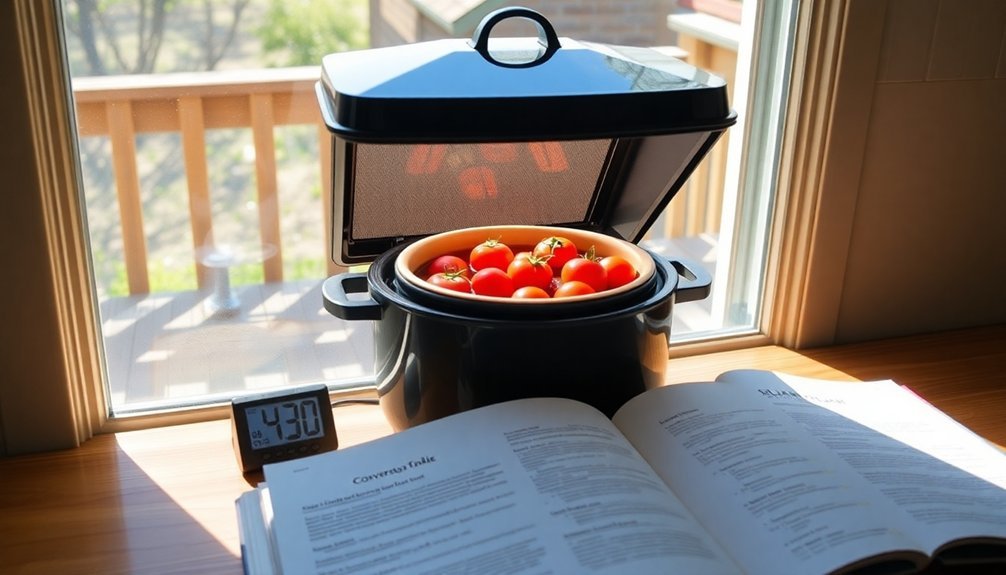
When converting recipes for solar cooking, you'll need to account for considerably longer cooking times than traditional methods.
Expect your dishes to take 1.5 to 3 times longer than conventional oven cooking, similar to slow cooker conversions.
You'll want to reduce liquid quantities in your recipes since solar ovens, like slow cookers, retain more moisture during cooking.
Keep in mind that cooking times can vary greatly based on weather conditions, time of day, and the type of solar oven you're using. Foods cooked in box ovens reach 400°F, making them ideal for baking and roasting.
The most effective cooking window is between 10 AM and 4 PM.
As you gain experience with your solar oven, you'll develop a better sense of timing.
Start by using slow cooker conversions as a baseline, then adjust based on your specific conditions and the day's sunlight intensity.
Solar Equipment Setup Guide
Before assembling your solar oven, you'll need several basic materials to create an efficient cooking system. Start by selecting a clean box with a lid and three sides, then line the flap with aluminum foil. Add black construction paper to the bottom for temperature control, and cover the top with plastic wrap to trap heat. Adding proper insulation materials, like newspaper or cotton padding, helps maintain consistent cooking temperatures throughout the day.
| Material | Purpose | Tips |
|---|---|---|
| Aluminum foil | Reflects sunlight | Smooth out wrinkles |
| Black paper | Absorbs heat | Cover entire bottom |
| Plastic wrap | Creates window | Seal tightly |
Position your oven in direct sunlight, ensuring the shadow falls directly behind it. You'll need to adjust the position throughout the day to follow the sun's movement. Don't forget to preheat for an hour before cooking, and use black pots to maximize heat absorption.
Recipe Temperature Control Methods
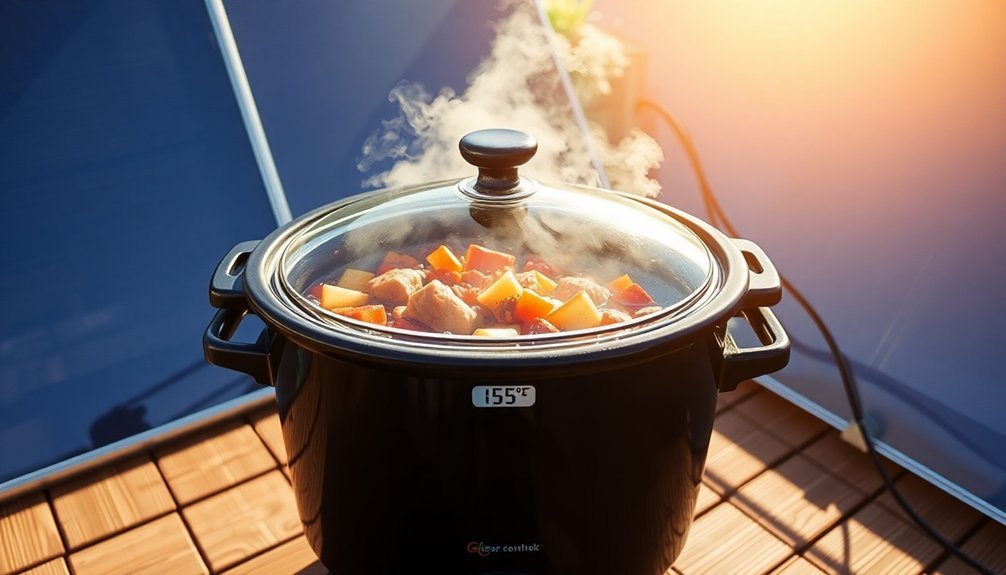
To maintain precise cooking temperatures in your solar oven, you'll need to master several key control methods. Monitor your oven's temperature regularly with a reliable thermometer, aiming for 150-225°F for ideal cooking results. For more precise measurements, you can install Type-K thermocouples.
Adjust your oven's position every 30-45 minutes to track the sun's movement, keeping the face perpendicular to the sun's rays. Use dark, thin-walled cookware with tight-fitting lids to maximize heat absorption and retention. You'll want to preheat these containers before adding your ingredients. Placing your cookware on a foil-covered shelf will enhance heat absorption within the cooking cavity.
For automated temperature control, consider installing photoresistors and servo motors to track sunlight. Remember to modify cooking times based on the temperatures you achieve, and always position your oven in a wind-protected area to maintain stable heat levels.
Weather and Timing Adjustments
Since weather conditions greatly impact solar cooking success, understanding how to adjust your timing and methods is essential.
You'll get the best results between 10 am and 4 pm on sunny days, when cooking times match those of indoor ovens. On partly cloudy days, plan for longer cooking periods and check your food more frequently.
For ideal results, you'll need to adapt your approach based on seasonal changes. Summer offers longer cooking windows, while winter requires more careful timing. Similar to a slow cooker's tenderness benefits, the gentle, consistent heat of solar cooking helps create succulent, tender meats.
You can still cook on cloudy days, but expect cooking times to double. Remember to position your solar cooker to track the sun's movement and check your food regularly.
When planning meals, choose recipes that match the day's weather forecast and available sunlight hours.
Essential Solar Recipe Modifications
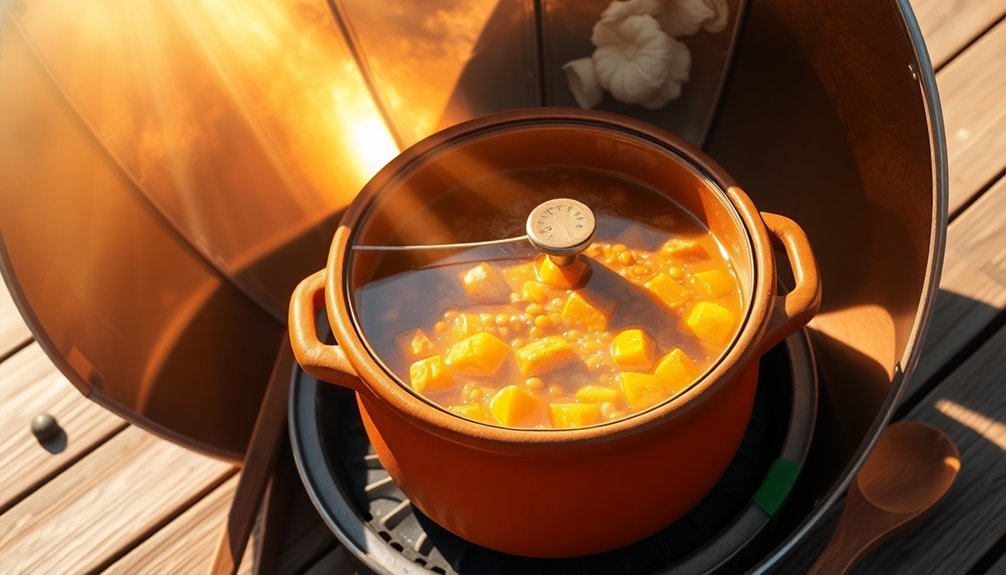
When adapting traditional recipes for solar cooking, you'll need to make several key modifications to guarantee success. Use dark cookware or cover light pots with dark towels to maximize heat absorption. You'll find that lidded baking dishes work best for retaining moisture and heat during the extended cooking process.
| Modification | Why It Matters | Best Practice |
|---|---|---|
| Dark Cookware | Better heat absorption | Use Granite Ware or dark pots |
| Temperature Check | Food safety | Monitor until 165°F (74°C) |
| Recipe Timing | Slower cooking process | Double standard recipe time |
For ideal results, you'll want to monitor internal temperatures regularly and adjust cooking times accordingly. Consider using a slow cooker insert for dishes like stews and roasts, keeping in mind that cooking times match traditional slow cooker settings on "low."
Frequently Asked Questions
Can I Store Sun-Cooked Chicken Dishes in the Freezer for Later Use?
Yes, you can store your sun-cooked chicken in the freezer for up to 4 months. Make sure you've cooled it properly, use airtight containers, and label the date before freezing to maintain quality.
How Do I Prevent the Cream-Based Sauces From Curdling in Sunlight?
You'll need to use heavy cream or creme fraiche for sun cooking, as they're more stable. Add them near the end of cooking, stir frequently, and keep temperatures low to prevent curdling.
What Alternative Cooking Vessels Work Best Besides Traditional Slow Cooker Inserts?
You'll find Dutch ovens and heavy stock pots work perfectly as slow cooker alternatives. They distribute heat evenly and retain warmth well. Casserole dishes are also great options for long, slow-cooking methods.
Should Ingredients Be Room Temperature Before Placing in the Solar Cooker?
Yes, you'll want your ingredients at room temperature before using your solar cooker. This guarantees even cooking, reduces overall cooking time, and helps maintain consistent temperatures throughout the cooking process.
How Can I Maintain Food Safety When Cooking With Variable Sun Intensity?
You'll need to monitor food temperatures closely, keeping dishes above 140°F. If sun intensity drops, move food to a conventional heat source and don't let items stay in the danger zone too long.
In Summary
You'll find solar cooking rewarding once you've mastered these essential slow-cooker conversions and modifications. By following the temperature control methods and making proper weather adjustments, you can create delicious meals using just the sun's power. Remember to check your equipment setup carefully and plan your cooking times around peak sunlight hours. With practice, you'll confidently adapt any traditional slow-cooker recipe for solar cooking success.

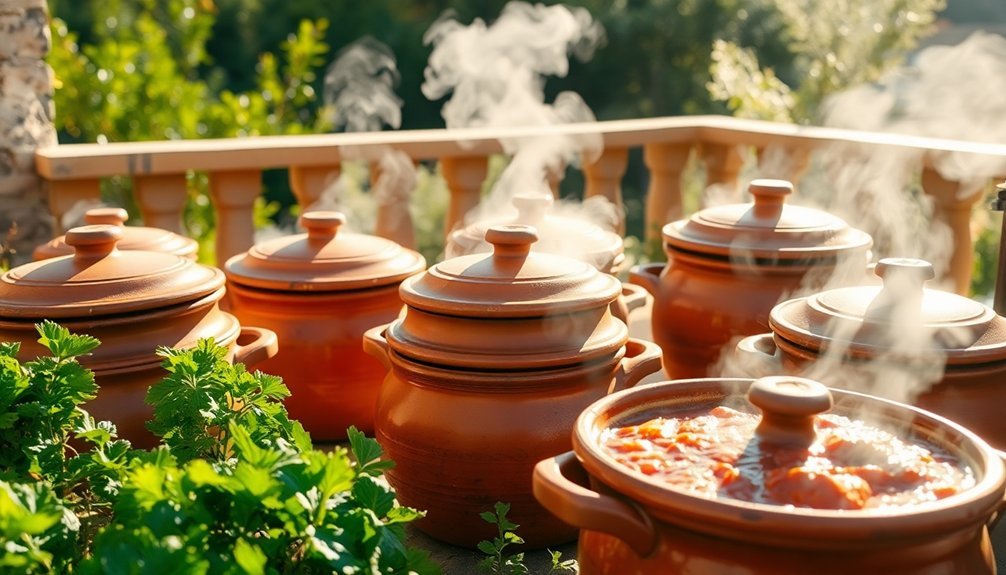

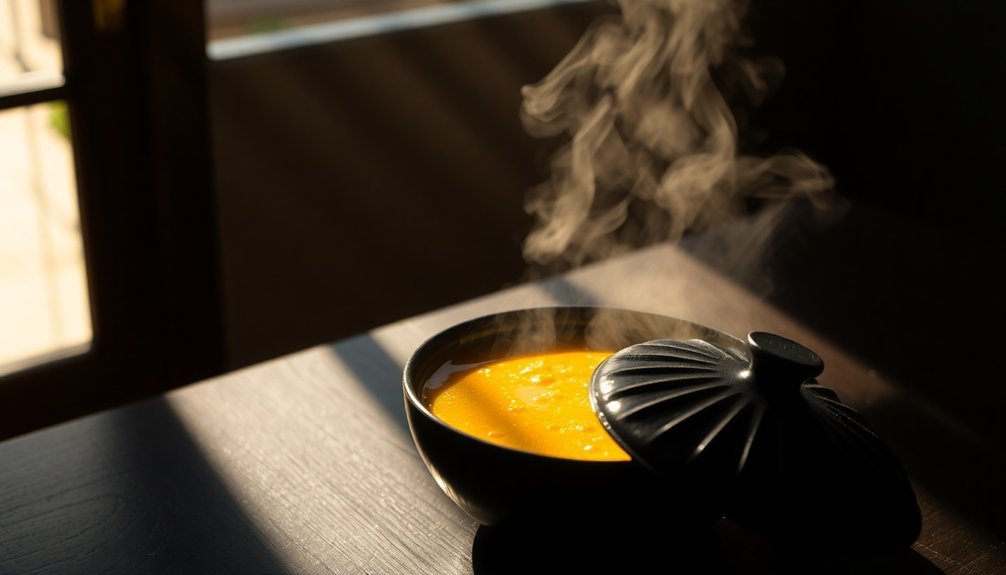
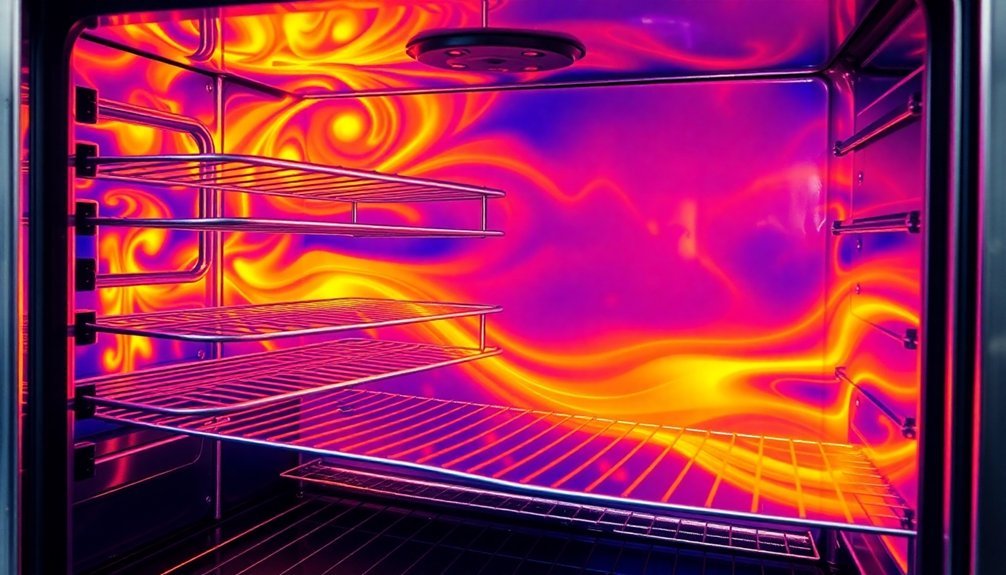
Leave a Reply